|
|
ADDRESS AT THE SILVER JUBILEE OF KARNATAKA RAJYA VIJNAN PARISHAT, BANGALORE
20-08-2005 : Bangalore
Vision and the national development
I am very happy to participate in the Silver Jubilee celebrations of Karnataka Rajya Vijnana Parishat. My greetings to the Chairman, organizing Committee members, scientists, technologists and distinguished guests on this Silver Jubilee year. I inaugurate the Silver Jubilee Programme of the Karnataka Rajya Vijnana Parishat. I am happy to note that the Parishat has established over 500 rural school science centres, organized over 600 teachers training programmes and felicitated many personalities with national awards for best individual efforts in S&T popularization. In addition the Parishat has been conducting popular science writers' workshop and published many popular science books. I would like to talk about "Visionaries in Science" who were responsible for building three important S&T institutions for the nation.
The Glorious Phase of Indian Science
In India, after independence, science and technology took a two-phase progress with the momentum created in 1930 the great five scientists of international repute gave the country the great confidence. They are Sir, CV Raman, Prof Chandrasekhar Subramaniam, SN Bose, JC Bose, Meghnad Saha, Srinivasa Ramanujam. This phase I consider the glorious phase of Indian science. The scientific foundation laid by them always triggered the later generations also.
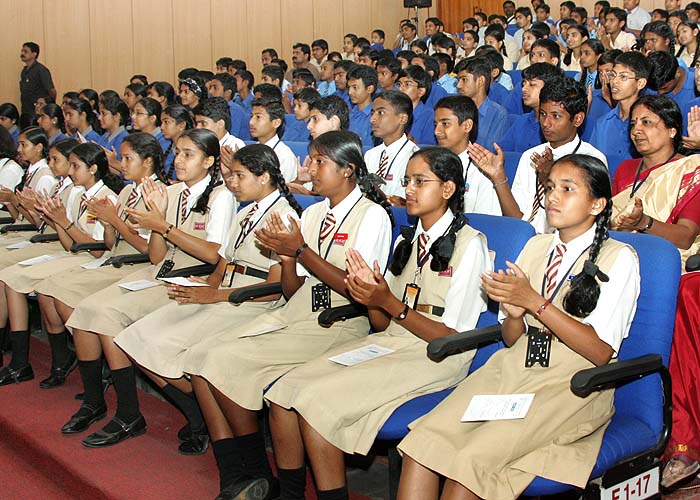

The post-independence phase of Indian science and technology
All of you know, in history, any country resolves itself initially into a few stout and earnest and knowledge giants. Particularly I took interest to study lives of three scientists, as I was interested in their scientific technological leadership qualities that focused the relationship of S&T and development of the nation. In the history of India, there may be many but I was very close to these three great personalities for one way or other. They are founders of three great institutions. I worked in two of the institutions directly and one in partnership. Dr DS Kothari, a Professor in Delhi University was an outstanding Physicist and also an Astrophysicist. He is well known for ionization of matter by pressure in cold compact objects like planets. This theory is complementary to thermal ionization word done by Dr Meghnad Saha his guru. Dr DS Kothari set a scientific tradition in Indian defence tasks when he became Scientific Adviser to Defence Minister in 1948; He created a Board of Advisors to the Scientific Advisor consisting of Dr. H.J. Bhaba, Dr. K.S. Krishnan and Dr. S.S. Bhatnagar. Later the Board was renamed as Scientific Advisory Board with enlarged membership.
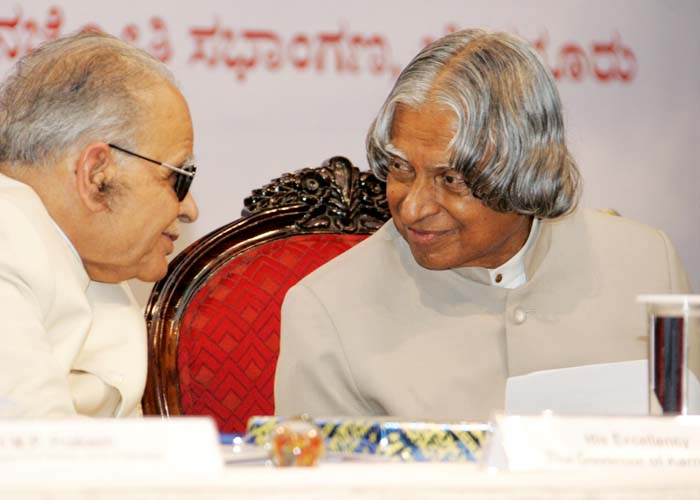

Scientists - Soldiers Partnership
Prof Kothari realized that the main purpose of Defence Science Organisation was to serve the immediate and long term needs of the users. He repeatedly stressed the vital needs for the scientist - soldier partnership. He made efforts to establish rapport with the chiefs of the three services. In spite of the deferring ethos of the academic environment Prof Kothari was able to establish extremely cordial relations with his Senior Service Officers at all levels who belonged to the highly disciplined hierarchical structure of the armed forces. In the first phase Prof Kothari identified the following eight disciplines for development: Operational Research & Ballistics, Explosives & Armaments, Rockets & Missiles, Naval technology, Engineering, Food & Life Sciences and problems posed by special adverse environment in the operational men and material. I would like to mention here some of these disciplines are relevant and functioning even today. Now I would like to mention two instances of how Prof Kothari applied his expertise in astrophysics to solve problems specific to defence. The first relates to the physics of "Hollow charge" or "shaped charge".
When such a hollow charge is initiated by a suitable detonator the advancing shock wave makes the liner material to collapse conically axially and a very high velocity jet of the order of 7000 to 8000 m/s is formed. When this high velocity jet impinges on the armour it generates a pressure of the order of a million atmospheres. Under the circumstances the penetration becomes hydro-dynamic and results in penetration of a few charge diameters. This was approximately 3 diameters at the end of World War II. Today, with fuller understanding of the factors affecting penetration and with more powerful explosives like RDX and HMX, designs are available where a penetration of 10 charge diameters has been obtained.
Today we have several computer codes based on 2 and 3 dimensional analysis to predict the penetration capacity. But in the early 50s the theoretical understanding was inadequate. It was Prof Kothari who applied his theory of pressure ionization in condensed matter to the case of the Munroe jet, leading to a better understanding of the phenomenon of armour penetration.
The second relates to the fragmentation of bombs and shells on explosion. He showed that the same statistical theory can be applied, whether it is random fragmentation in star formation or the mass distribution of shrapnel from an exploding shell.
He established the Defence Science Centre to do research in electronic material, nuclear medicine and ballistic science. He is considered as the architect of defence science in India. His race continued and followed up with momentum working and contributing in the areas of strategic systems, electronic warfare systems, armaments and life sciences.
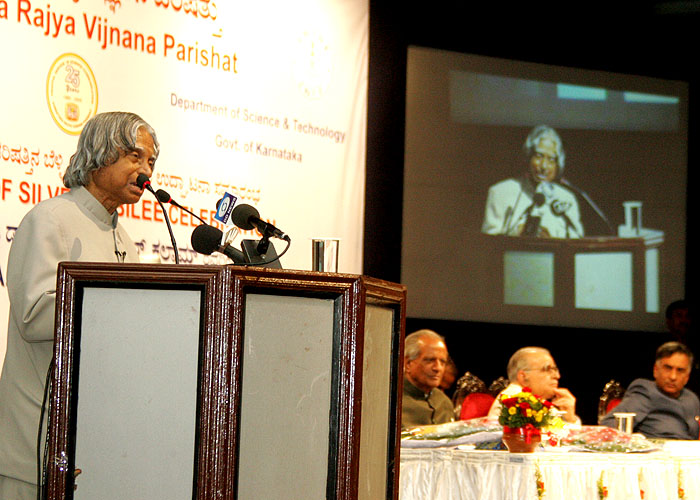

Dr. Homi Jehangir Bhabha
Now, let me discuss about Homi Jehangir Bhabha. He did research in theoretical physics in Cambridge University. During 1930-1939, Homi Bhabha carried out research relating to cosmic radiation. In 1939, he joined Sir CV Raman in IISc Bangalore. Later, he was asked to start Tata Institute of Fundamental Research with focus on nuclear science, mathematical science and established Atomic Energy Commission in 1948. Multi centers were born with his vision in nuclear science to nuclear technology, nuclear power, nuclear devices and nuclear medicine. Today, the country has over 3000 MW of electric power through nuclear power plants. Also, Department of Atomic Energy is planning to provide at least 20000 MW of power by 2020. They are working in the area of thorium based power plants which will be required for realizing energy independence by the year 2030. These science institutions established multi technological centers, but basic science is the vital component.
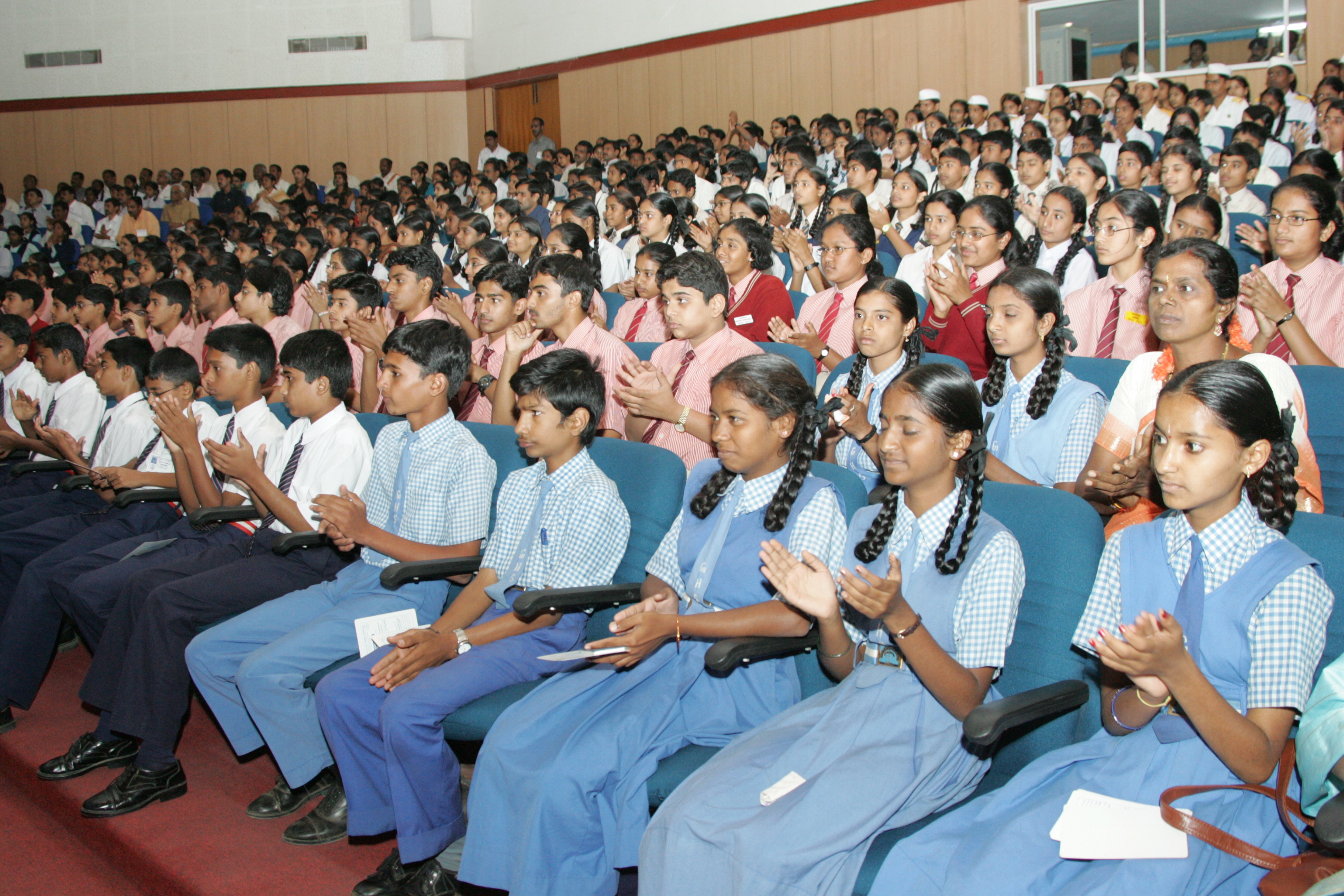

Indian Space Visionary
Prof Vikram Sarabhai the youngest of the three and worked with Sri CV Raman in experimental cosmic ray. Prof Sarabhai established Physical Research Laboratory in Ahmedabad with Space research as focus. In later years he becomes the Director of Space S&T Centre. The SSTC (1963) started with launching sounding rockets for space atmospheric research. Prof. Vikram Sarabhai unfurled the space mission for India in 1970 that we should build Satellite Launch Vehicle capability, to put our communication satellites in the geo-synchronous orbit and remote sensing satellites in the polar orbit. Also, he envisaged that launch vehicles built in India should be launched from Indian soil. This one visionary thought led to intensive research in multiple fields of science and space technology. Many of us had the fortune to be part of Prof. Vikram Sarabhai's vision. I and my team participated in India's first satellite launch vehicle programme to put the satellite in the orbit. Today, India with her 20,000 scientific, technological and support staff in multiple space research centres, supported by about 300 industries and academic institutions, has the capability to build any type of satellite launch vehicle to place remote sensing, communication and meteorology satellites in different orbits and space application has become part of our daily life. Dear young friends, you have seen how visionaries of a nation bring about economic transformation and technological change. I would like you to emulate these visionaries, dream and work for transforming India into a developed nation.
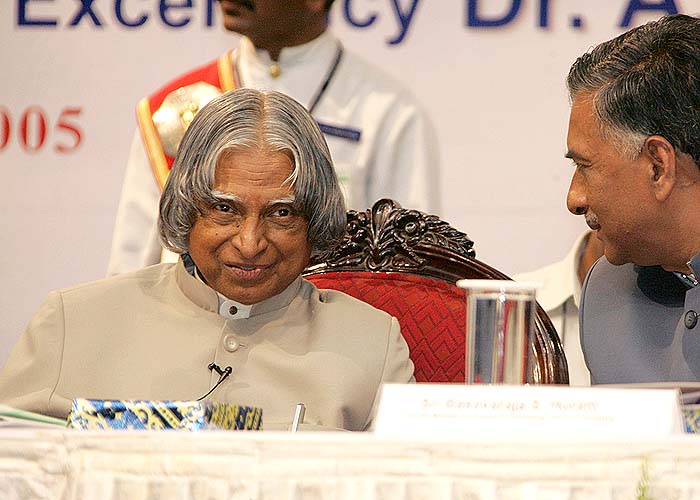

Vision and the national development
These three Indian scientists, all of them physicists, started physics research institutions that blossomed into defence technology, nuclear technology and space technology. When I study deep into their knowledge and the vision, I believe they would have realized that science has to be pushed to political leaders for the progress. It is essential that technologies that give immediate benefits to the people directly or indirectly should be packaged and successfully put with our Indian political systems irrespective of which party they belonged. The three great institutions emerged with 20000 scientists spread in institutions all over the country. The important messages conveyed by these three scientists are:
(a) Pursuance of the work both of teaching and R&D, requires persons of international calibre. Such talented youngsters should be systematically identified important science & technological skills and guaranteed attractive careers.
(b) Every department of the Government should have a separately earmarked budget for promoting technology development, technical education and re-education.

Conclusion : Technological Development in the last Six Decades
What you have seen in science and technology in the last 60 years, the predictions and happenings are going at different rates and phases. What was impossible has happened and what is thought possible has not yet happened and it will happen. Particularly in the field of aeronautics, space technology, electronics, materials, pharmaceuticals, bio-technology, computer science and software products, the world has progressed to new dimensions and India itself is a part of these challenges. Indian bio-technologists with business houses will have opportunity of analyzing the available genomic data and lead to production of drugs for healthcare and early treatment. The bio research transforming into technology will lead to higher production of agricultural products. In the coming decades, we may see, as discussed in recent International Physics Conference, the birth of unified field theory integrating gravitational forces, electro magnetic forces and general relativity theory, space and time as functions. Young people may also see in their time, as presented in the book Future Revolutions by David Mercer establishment of habitat or industry in one of our planets or moon by human race. The world will enter into launch of solar power satellites through reusable launch vehicle (hyperplane) system to meet the electricity needs of the mankind in fifty to hundred years.
My best wishes to all the members of the Karnataka Rajya Vijnana Parishat in their mission of promoting scientific temperament and culture among the youth in Karnataka State particularly in the rural areas.
May God Bless you.
<<Back
|
|